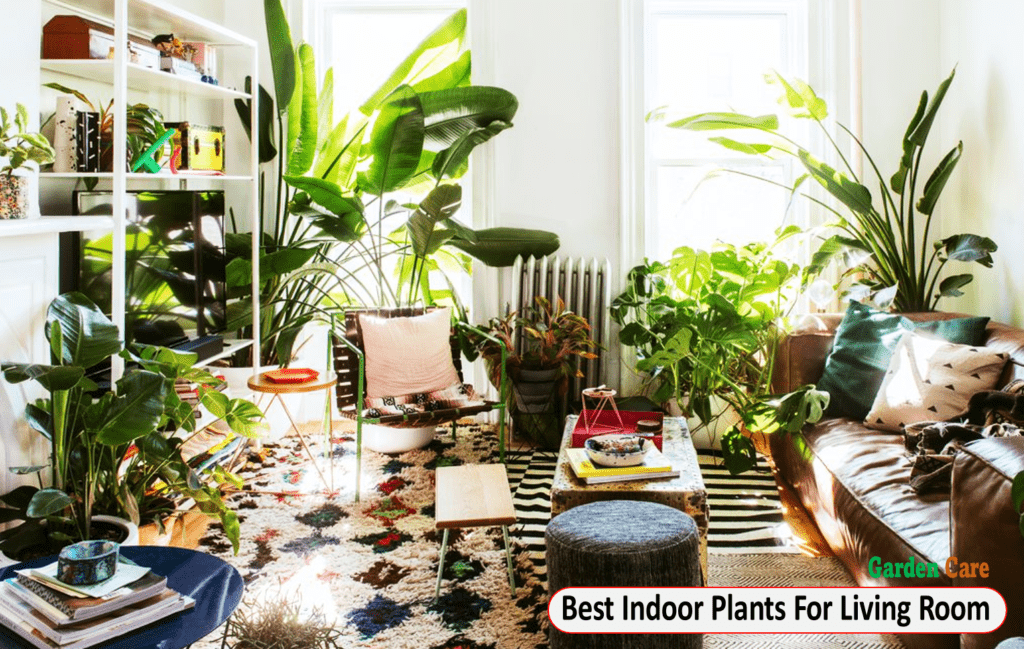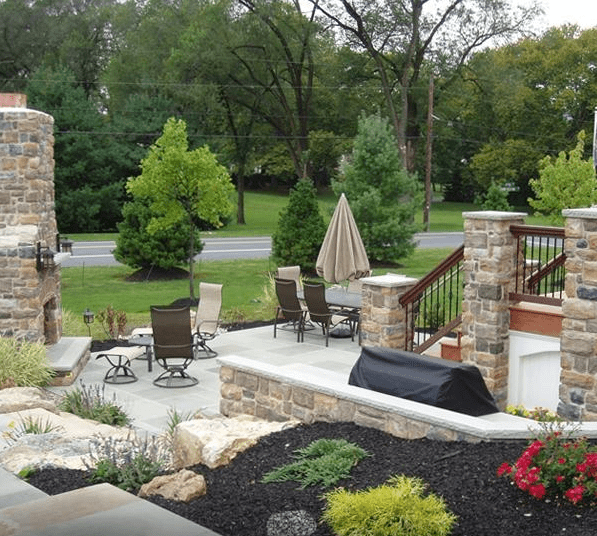Companion Planting Garden Layout involves strategically planting compatible crops together to maximize growth and deter pests. By grouping plants that benefit each other, you can create a harmonious and productive garden space.
Companion planting is a traditional and sustainable method of gardening that promotes natural pest control and enhances soil health. By understanding the principles of companion planting, you can create a diverse and balanced garden that fosters plant growth and overall garden productivity.
This approach not only provides practical benefits but also adds visual interest and beauty to your garden landscape. Embracing companion planting can lead to a flourishing and thriving garden that is both environmentally friendly and visually appealing.
[ez-toc]

Benefits Of Companion Planting
Companion planting is a gardening technique that involves grouping specific plants together to maximize the benefits they provide to each other. This method has been practiced for centuries and offers a range of advantages for both the plants and the garden as a whole.
Maximizing Space
Companion planting allows for efficient use of space in the garden. By planting different species together, gardeners can make the most of limited space in small gardens or containers.
Natural Pest Control
Companion planting encourages the natural balance of pest populations. Certain plant combinations repel pests, reducing the need for chemical pesticides.
Enhanced Nutrient Uptake
Plants grown together in a companion planting arrangement can enhance each other’s nutrient uptake, leading to healthier growth and improved overall yield.
Strategic Pairings For Companion Planting
Companion planting involves strategically pairing plants to maximize growth and deter pests. Consider incorporating these pairings into your garden layout to create a harmonious and thriving ecosystem.
Tall Plants And Ground Covers
Tall plants such as corn or sunflowers provide shade and support for ground-hugging vegetables like cucumbers or ground covers such as creeping thyme and clover. This pairing minimizes soil erosion, conserves moisture, and maximizes space.
Attracting Beneficial Insects
Integrating plants that attract beneficial insects like marigolds, dill, or yarrow can help control pest populations and improve pollination. As a result, your garden will be less susceptible to damage from harmful insects while promoting a healthy ecosystem.
Nitrogen-fixing Plants
Nitrogen-fixing plants such as legumes like beans and peas play a crucial role in enriching the soil by converting atmospheric nitrogen into a form that plants can use. Incorporating these plants within your garden layout can naturally enhance soil fertility, reducing the need for additional fertilizers.
Creating Your Companion Planting Garden Layout
A companion planting garden layout is a strategic way to arrange your plants in order to maximize their growth and productivity. By selecting compatible plants and planning for succession planting, you can create a harmonious environment that promotes healthy growth and reduces pest problems. Grouping compatible plants together also helps improve pollination and use garden space more efficiently. In this article, we will explore three key aspects of creating your companion planting garden layout: determining plant compatibility, planning for succession planting, and grouping compatible plants.
Determining Plant Compatibility
When it comes to companion planting, it is essential to choose plants that are compatible with each other. Determining plant compatibility involves understanding which plants complement each other in terms of growth habits, pest control, nutrient requirements, and attracting beneficial insects.
Here are some factors to consider when determining plant compatibility:
- Growth habits: Some plants may benefit from the shade or support provided by other plants.
- Pest control: Certain plants emit natural compounds that repel pests or attract beneficial insects that prey on pests.
- Nutrient requirements: Plants with similar nutrient requirements can be grown together to ensure they receive the necessary elements for healthy growth.
- Attracting beneficial insects: Select plants that attract pollinators and predators of common garden pests to maintain a balanced ecosystem.
Planning For Succession Planting
Succession planting is the practice of planting new crops as soon as previous ones are harvested. This ensures a continuous supply of fresh produce throughout the growing season. When planning for succession planting in your companion planting garden layout, consider the following:
- Plant maturity and harvest time: Choose crops with different maturity rates so that you can stagger the harvest and prevent an overwhelming abundance of produce all at once.
- Space availability: Calculate the space needed for each crop at its mature size and plan accordingly. This will prevent overcrowding and competition for resources.
- Soil fertility: Rotate crops to avoid depleting specific nutrients from the soil and maintain soil fertility.
Grouping Compatible Plants
Grouping compatible plants in your garden layout serves several purposes. It helps improve pollination, provides shade for sun-sensitive plants, and acts as a natural pest control method. Here are some tips for grouping compatible plants:
- Companion plants: Select plants that have mutually beneficial relationships, such as marigolds and tomatoes, or basil and peppers.
- Plant sizes: Group tall plants together to provide shade for shorter ones, or interplant low-growing crops in between taller ones to maximize space.
- Succession planting: When one crop is harvested, replace it with a different type of plant that complements the remaining crops.
By carefully determining plant compatibility, planning for succession planting, and grouping compatible plants in your companion planting garden layout, you can create a garden that thrives with optimal productivity and health. Embrace the diversity and interdependence of plants to create a harmonious garden ecosystem that yields bountiful and delicious rewards.
Frequently Asked Questions Of Companion Planting Garden Layout
How Do You Layout A Companion Plant?
To layout a companion plant, follow these guidelines:
1. Choose plants that have a beneficial relationship, such as repelling pests or enhancing growth.
2. Consider the sunlight and soil requirements of each plant.
3. Space them appropriately to allow for growth.
4. Create a visually appealing arrangement.
5. Monitor and adjust as needed for optimal results.
Which Vegetables Should Be Planted Next To Each Other?
Some compatible vegetable pairings include tomatoes and basil, lettuce and radishes, carrots and onions, and corn and beans. It is important to consider each plant’s specific needs for sunlight, water, and soil nutrients. Avoid planting incompatible vegetables together to ensure optimal growth and yield.
What Plants Grow Well Together Chart?
Plants that grow well together can be identified using a chart for easy reference. The chart suggests compatible plant combinations for maximum growth and success. Matching plants based on their needs, growth habits, and pest repellent properties can provide a synergistic effect for gardening and yield better results.
What Vegetables Should Not Be Planted Next To Each Other?
Certain vegetables should not be planted next to each other due to competing for nutrients or attracting pests. For instance, potatoes don’t grow well with tomatoes, and cucumbers should not be planted near potatoes or aromatic herbs like basil. These combinations may affect each other negatively.
Conclusion
In the end, a well-designed companion planting garden layout can offer numerous benefits. By strategically pairing certain plants, we can promote natural pest control, enhance soil fertility, and maximize garden space. This holistic approach to gardening not only benefits our plants but also supports a balanced ecosystem.
So, whether you are a seasoned gardener or just starting out, consider incorporating companion planting methods to create a thriving and sustainable garden.


